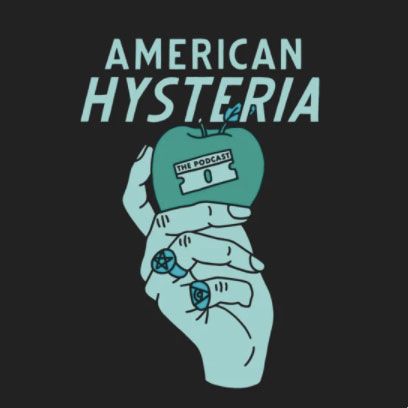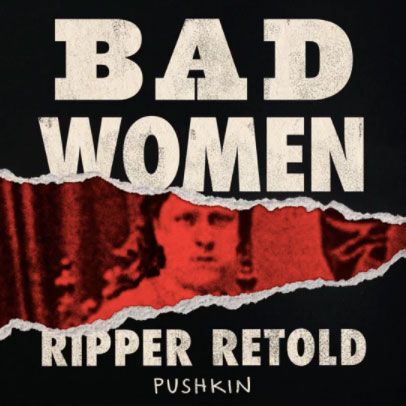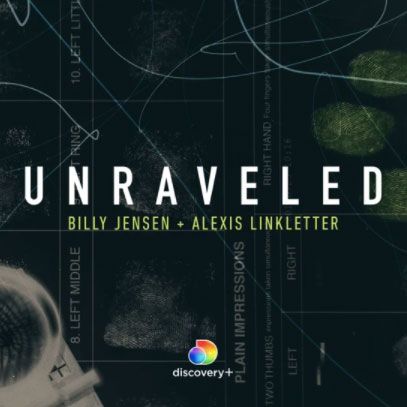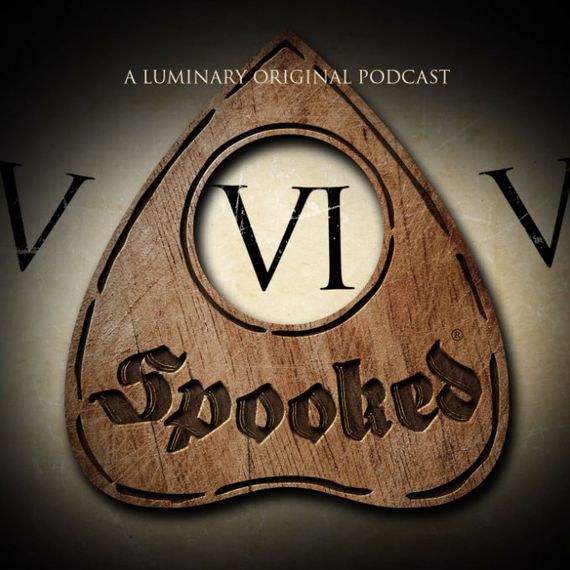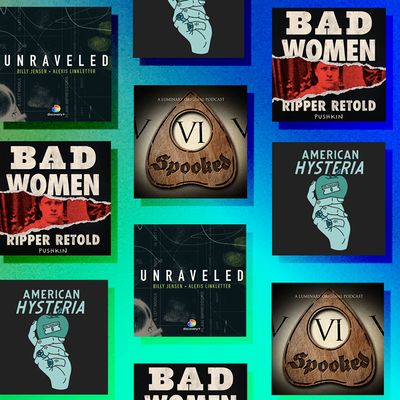
The true-crime-podcast universe is ever expanding. We’re here to make it a bit smaller and a bit more manageable. There are a lot of great shows, and each has a lot of great episodes, so we want to highlight the noteworthy and the exceptional. Each week, our crack team of podcast enthusiasts and specialists picks its favorites.
American Hysteria, “Haunted Attractions”
With spooky season upon us, American Hysteria is turning its gaze to the ghastly and ghoulish, starting with a deep dive into the history of haunted attractions — as with many topics covered on the pod, this one has roots in a low-level moral panic. You see, by the Great Depression, Halloween tricks had started to get a bit out of hand with some even causing grievous injury. So as an alternative, families began constructing DIY haunted houses — typically in their basements — to provide kids with supervised thrills and chills. Commercial versions such as Disney’s Haunted Mansion and Six Flags’ ill-fated Haunted Castle would soon follow. By the 1970s, the concept was co-opted by Evangelical minister Jerry Falwell and revamped into “hell houses” meant to demonstrate the consequences of a godless life. Host Chelsey Weber-Smith goes beyond the chronology of events to look into why these haunted attractions so tempt and taunt. The answer, perhaps unsurprisingly, is that for some of us, the need to be scared is simply woven into our DNA. —Amy Wilkinson
Bad Women: The Ripper Retold, “Dark Annie and the Demon Drink”
Author and historian Hallie Rubenhold’s 2019 book, The Five: The Untold Lives of the Women Killed by Jack the Ripper, won her no fans among the so-called Ripperologists, who have turned the horrific unsolved crimes and penny-dreadful fodder into a cottage industry with books, walking tours, merch, and more — all because Rubenhold dared to humanize the victims and place them in historical context. This podcast, which is based on her book, takes aim at her critics in the first episode, “The Ripper Myth,” and continues throughout to satisfyingly skewer Ripperologists, especially one former officer who seems to think the murder victims at the heart of the case must have done something to warrant their gutting one way or another.
It’s that Victorian-era morality that Rubenhold’s research seeks to upend by exploring every nook and cranny of the lives of the five. As she says at the outset of the series, “Jack the Ripper may have killed these women, but Victorian society was the accomplice.” After spending two episodes with the Ripper’s first known victim, Polly Nichols, Rubenhold moves on to Annie Chapman, who ended up in the Whitechapel neighborhood of London as a result of her struggles with alcoholism. As in previous episodes, Rubenhold supplements her research with carefully chosen expert interviews; here, Dr. Julia Skelly discusses how addiction and specifically alcoholism — and even more specifically alcoholic women — were viewed in Victorian England as well as the disease model of addiction and the temperance movement. —Jenni Miller
Unraveled, “Take My Word for It”
In season three of Unraveled, podcasters and investigators Alexis Linkletter and Billy Jensen take a hard look at the flaws of the seemingly infallible work of forensic experts, whose mistakes have resulted in the incarceration of innocent people as well as a wealth of confusion in the court system. When Bill Richards found his wife, Pamela, horrifically murdered in 1993, it was bite-mark evidence on her body that implicated him in the crime. When a bite-mark “expert” took the stand, the jury was convinced of his guilt. It turns out, however, that bite-mark analysis is much more suspect than we thought, and it’s not even considered scientifically sound. In fact, hundreds of people could have been wrongfully convicted based on bite-mark evidence since we’ve come to believe it’s as significant as a fingerprint (which also might not be as reliable as we thought). Is the entire field of forensic science under suspicion, then? Is it all just a set of tools intended to convict people regardless of their actual guilt? And what happens when a so-called expert changes their mind? —Chanel Dubofsky
Snap Judgment Presents: Spooked, “Pinky’s Place”
Sitting around the campfire, s’mores in hand, swapping ghost stories till dawn — that’s the vibe of this spooky podcast from Luminary. Now in its sixth season, the podcast’s firsthand accounts run the gamut. In “Pinky’s Place,” Josh relays a tale about the time he helped his family renovate a Pittsburgh hotel purportedly once owned by a gangster named Pinky, who apparently never spent an afternoon binge-watching HGTV because he’s pretty peeved about all the repairs being made. Meanwhile, the season opener, “Fright at the Museum” (which you can listen to for free, BTW), follows an intern who runs afoul of a specter while working at a museum housed in two historic mansions. The haunting is so frightening, in fact, that the intern literally pees her pants, so you know it’s a real chiller. Maybe listen to this one in the light of day. —Amy Wilkinson


